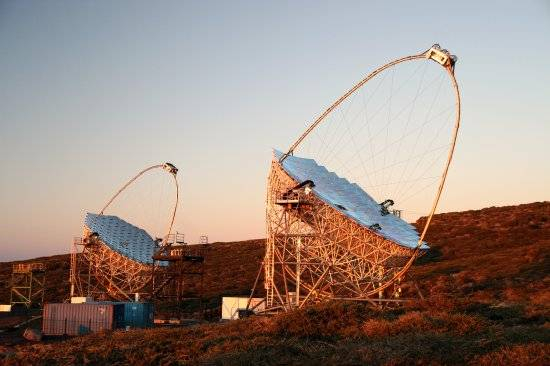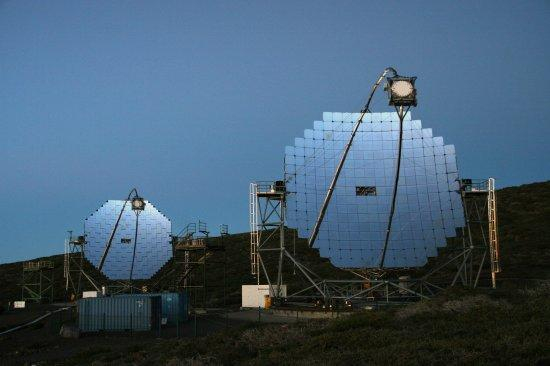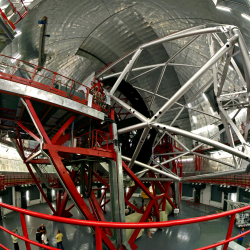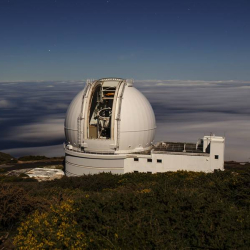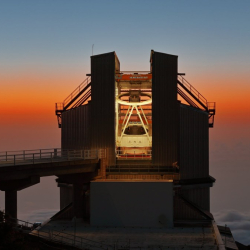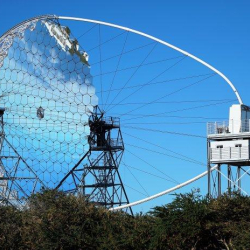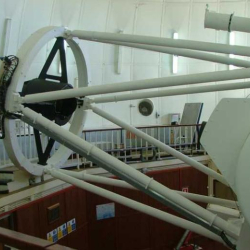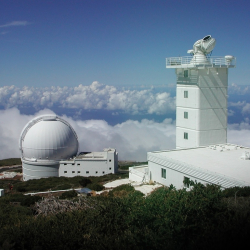MAGIC Telescopes
Santa Cruz de Tenerife
Spain
At Roque de los Muchachos Observatory (ORM), on the rim of the Taburiente National Park, at 2396 metres above sea level in the municipality of Garafía (La Palma) stands one of the largest arrays of telescopes in the world.
Descripción
The MAGIC Telescopes (Major Atmospheric Gamma Imaging Cherenkov) are located at the Roque de los Muchachos Observatory in La Palma. They consist of two 17-meter telescopes designed to detect very high-energy gamma rays from cosmic sources such as supermassive black holes, supernova remnants, and pulsars. While these particles cannot be observed directly from Earth, MAGIC detects Cherenkov light produced when gamma rays interact with the Earth's atmosphere.
MAGIC stands out for its sensitivity and ability to detect gamma rays at lower energy ranges than any other telescope of its kind. It has made significant discoveries about the universe's most violent phenomena, such as gamma-ray bursts and relativistic jets from active galaxies. Additionally, MAGIC has been used to study dark matter and neutrino properties.
These telescopes are part of an international collaboration involving scientists from over 20 countries. Their segmented mirror design and advanced detection system allow for extremely precise observations. MAGIC has been crucial in particle astrophysics, providing essential data to understand the behavior of the universe's most energetic particles.
With recent technological advancements, the MAGIC telescopes continue to operate at the forefront of gamma-ray astronomy. They have significantly contributed to understanding the most energetic processes in the cosmos and will remain vital in the study of extreme cosmic phenomena.
Datos técnicos del telescopio
- Optical System Type: Other
- Mount Type: Other
- Mount Movement Type: Computerized Mount


